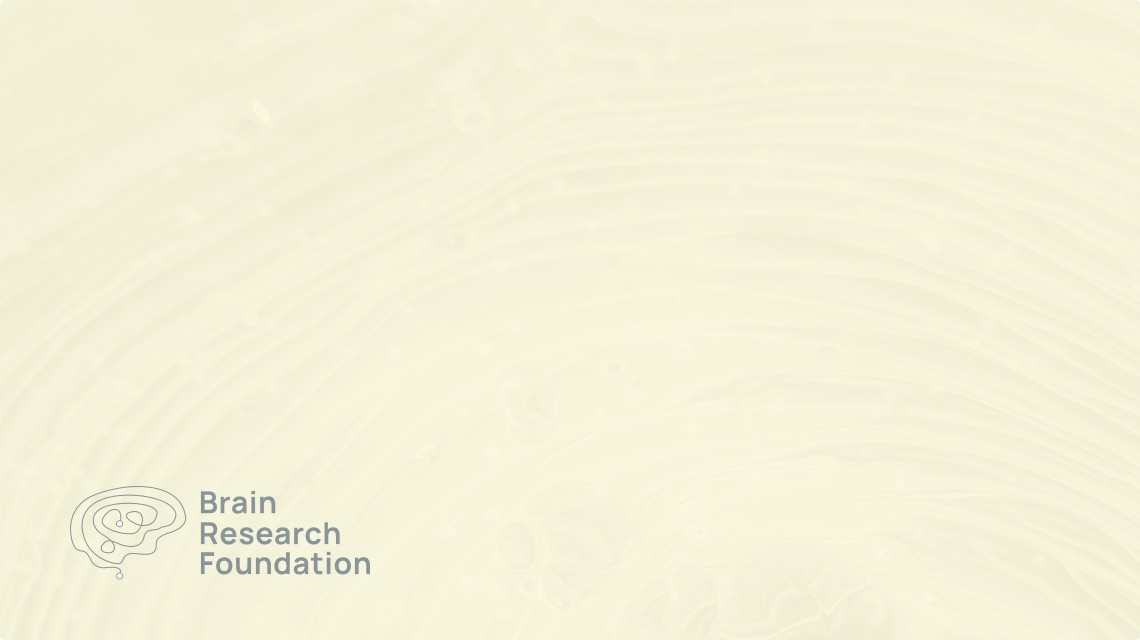
2025 Seed Grant
Jared M. Cregg, Ph.D.
University of Wisconsin
The brain helps us move through the world by choosing which way to go—left or right. The specific brain circuits that control these kinds of actions aren’t well understood. Our research focuses on a small region deep in the brain called the rostral pontine reticular nucleus (PnO), which may serve as a control center for these turning movements. We’ve found that it contains two groups of neurons— one for going left and one for going right—that seem to work in opposite ways to guide movement. By studying how these groups interact, we aim to learn how the brain controls direction during movement. This work may also help explain movement problems in conditions like Parkinson’s disease.


